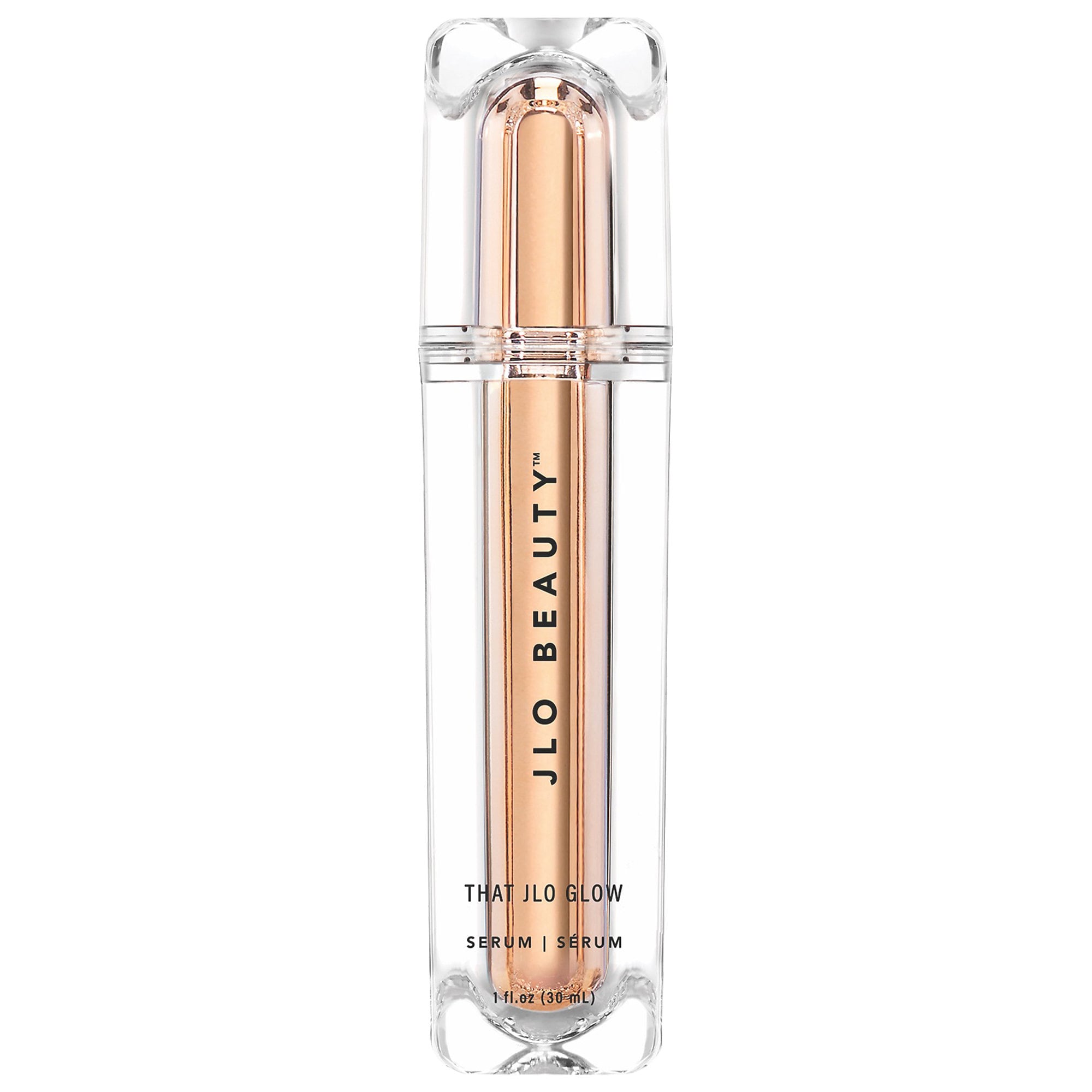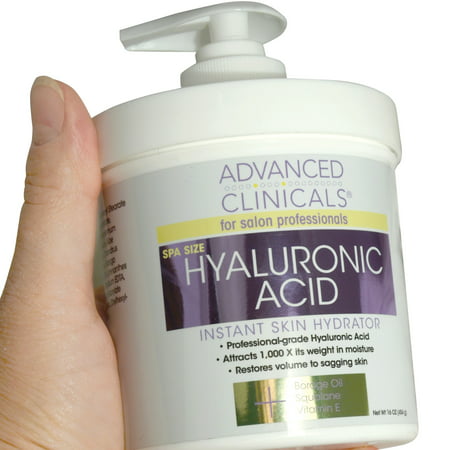JLo Beauty That JLo Glow Serum with Olive Complex
A multitasking, triple-active serum formulated to visibly amp up your glow, brighten and tighten skin’s appearance, and boost hydration.
A multitasking, triple-active serum formulated to visibly amp up your glow, brighten and tighten skin’s appearance, and boost hydration.
Skincare Concerns: Fine Lines and Wrinkles, Dullness, and Uneven Texture
Formulation: Liquid
Highlighted Ingredients:
– Tri-fermented Essence: Supports natural collagen production for tighter-looking skin.
– JLo Beauty® Olive Complex: Hydrates and visibly plumps skin, diminishing the look of fine lines and wrinkles.
– Super Antioxidant Intensive Care: Infusions of antioxidants and niacinamide that visibly soothe skin issues.
Ingredient Callouts: Free of parabens, formaldehydes, formaldehyde-releasing agents, phthalates, and sulfates SLS & SLES. It is also gluten-free and cruelty-free.
What Else You Need to Know: Potent and powerful, this nutrient-packed formula is the ultimate triple threat, just like JLo herself. A tri-fermented essence—powered by antioxidants, amino acids, and fermented olive—visibly brightens and tightens over time while peptides and niacinamide soothe the look of skin issues.
Clinical Results: In an 8-week clinical study:
– 100% showed improvement in skin hydration
– 100% showed smoother texture
– 91% saw improvement in the look of skin firmness and elasticity
-JLo Beauty® Olive Complex: Hydrates and visibly plumps skin, diminishing the look of fine lines and wrinkles.
-Super Antioxidant Intensive Care: Infusions of antioxidants and niacinamide that visibly soothe skin issues.
Water, Butylene Glycol, Galactomyces Ferment Filtrate, Squalane, Niacinamide, Propanediol, Alpha-Glucan Oligosaccharide, Cannabis Sativa Seed Oil, Olea Europaea (Olive) Fruit Oil, Rice Ferment Filtrate (Sake), Olive Oil Glycerth 8 Esters, Pseudozyma Epicola/Olive Fruit Oil Ferment Filtrate, Hydrogenated Ethylhexyl Olivate, Acrylates/C10-30 Alkyl Acrylate Crosspolymer, Hydrogenated Olive Oil Unsaponifiables, Camellia Sinensis Leaf Extract, Aspalathus Linearis Extract, Olea Europaea (Olive) Leaf Extract, Honey Extract, Boswellia Serrata Extract, Biosaccharide Gum-1, Biosaccharide Gum-4, Algin, Hexylene Glycol, Ethylhexylglycerin, Caprylyl Glycol, Sodium Hyaluronate, Tetrapeptide-14, Xanthan Gum, Sodium Hydroxide, Isopentyldiol, Phenoxyethanol, Sodium Benzoate, Potassium Sorbate, Mica, Titanium Dioxide (CI 77891), Carmine (CI 75470), Tin Oxide.






by Suzy
I am speechless! I selected this serum as a free sample and my skin looks so much better after using! And I am almost 52 years young; but, now, I look even younger. Lol This product really works. I will be purchasing it in the future.
by Liliana
I received this sample serum in a purchase and I used it and I loved it my skin is dry and I have used many creams and serums and none of them worked for me this serum leaves my skin soft and hydrated I do not need so many creams or many layers with this one with little use It works for me, it has no color or smell, I really like the quality of the product, the only thing is that it is very expensive!